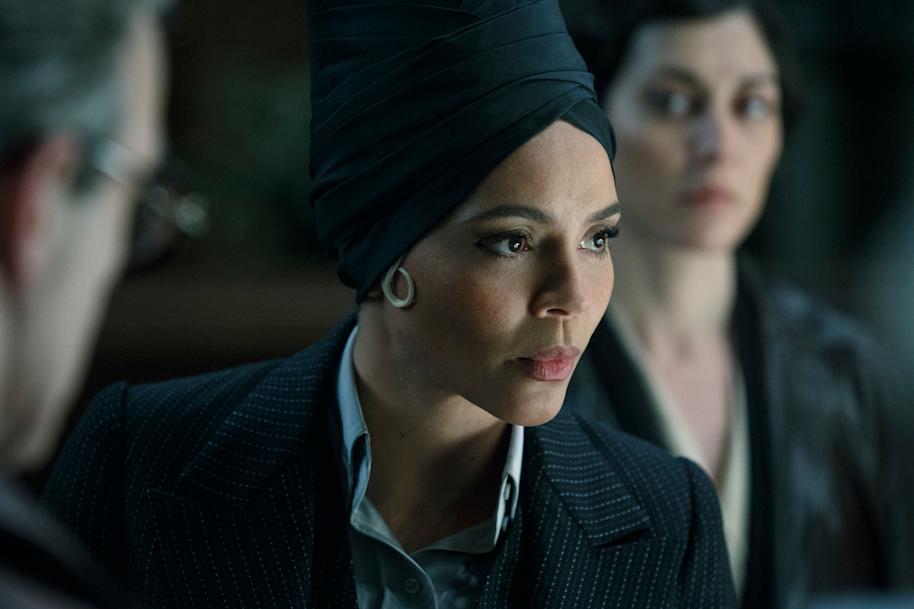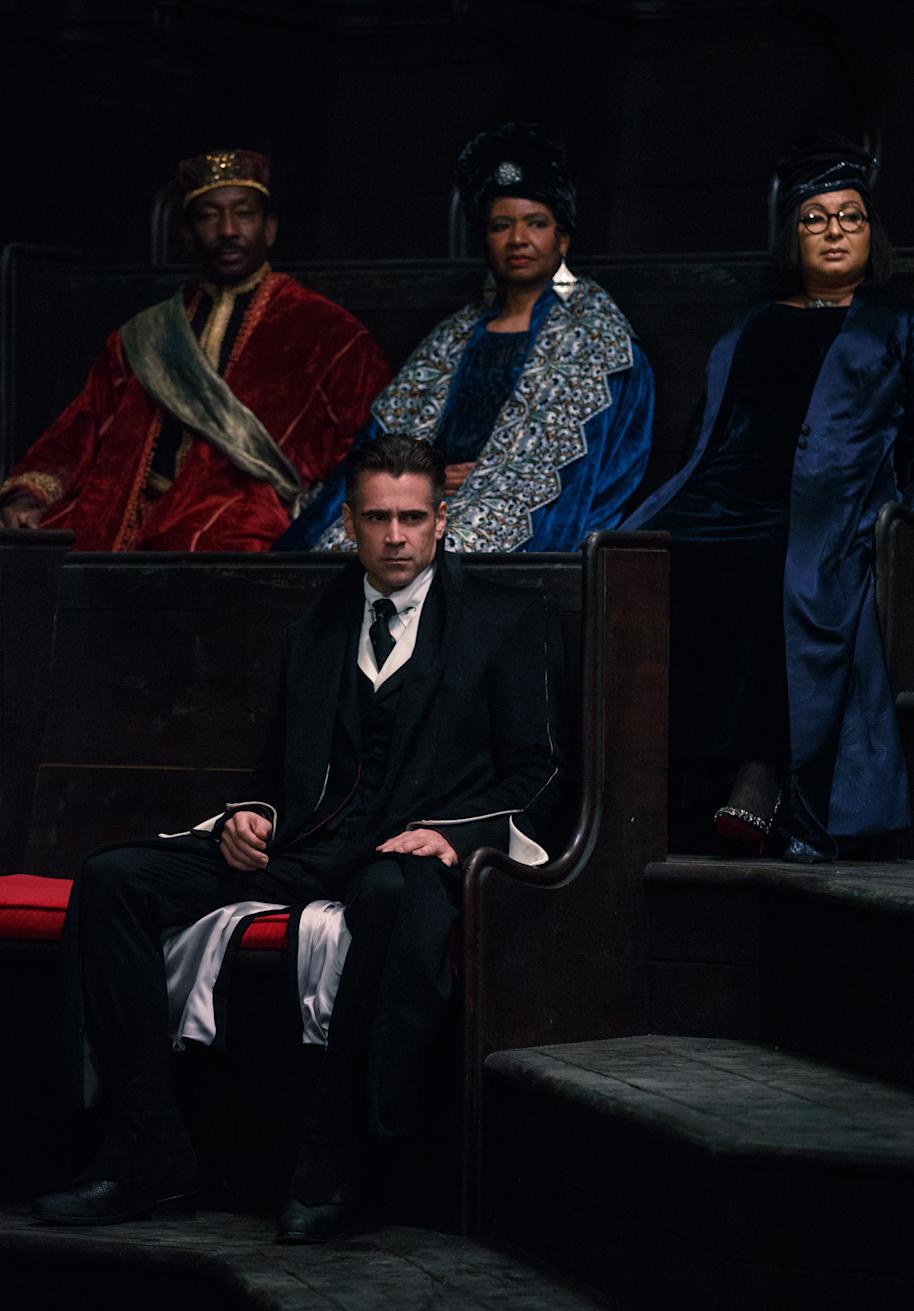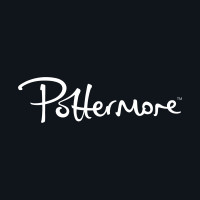You might recognise Colleen Atwood – she’s collected enough Oscars and BAFTAs on stage to be familiar to many film buffs. She’s got thick, short, ebony hair and eyebrows that mean business. She has a distinctly American presence: an unapologetic boldness of character. Like many designers, she wears a lot of black.
If you don’t know Colleen, you almost certainly know her work. She designed the costumes for Chicago, Memoirs of a Geisha and Tim Burton’s Alice in Wonderland (each of which earned her an Academy Award).
She worked on Edward Scissorhands, Silence of the Lambs, Gattaca, Sleepy Hollow, Sweeney Todd, Snow White and the Huntsman and Into The Woods. She’s dressed the most famous actors on the planet, and now she’s responsible for the 1920s New York City fashion of Fantastic Beasts.
Spend time with Colleen and she gives away the secret to her success. It’s obvious: she has an extraordinary eye for detail and a dogged commitment to the integrity of her costumes. She’s always on set making sure they’re perfect, which, I’m told, is not standard practice for a costume designer.
‘I’m controlling like that,’ Colleen tells me, unabashedly. ‘I look at and approve every fitting, no matter who anybody is, and I am very controlling in how I want everything to look. It’s important: it matters, and you never know what you’re going to see. I learned a long time ago that you can’t control what happens with pieces you care about unless you’re there, so I’m there.’

In this image:
She is somehow omnipresent. Between shots, Colleen is there on set to preen an extra’s dress or smooth the collar of Katherine Waterston’s coat. She is utterly devoted to the way fabric falls on her subjects. Judging by the films she’s chosen to work on, she’s particularly interested in the surreal and fantastical.
‘I love the fantasy stuff, I love that,’ she says. ‘That’s why I took on this movie. I like the challenge of it, and I like integrating fantasy into a period like this. You get to step out of it slightly and make something that’s a version of that time. Which is what movies have always done: in a way, they glamorise time.’

Colleen’s version of 1926 fashion is exquisite, let me tell you. When we meet, she’s just been fitting Carmen Ejogo into a structured pantsuit as her character, Seraphina Picquery.
We sit at the tail end of an enormous white canvas tent filled with beautiful garments, some of which are genuine vintage items; others are designed from scratch.
From here, we can see rows and rows of flapper dresses, overcoats and unmistakable wizarding outfits. There are racks of brogues and heels, reams of stockings and a collection of hats so extensive it could put a milliner to shame.
‘I read the script and I see the worlds that I’m going to be filtering through as the story progresses,’ Colleen tells me. ‘In this case, it was New York and all sorts of levels of society so we researched the Lower East Side and Upper West Side, Hell’s Kitchen and all the immigrant populations there, the elegance and the aristocrats of New York.

'I was in a panic because I knew it was a massive project and there’s not that much stock actually left from this period, so the first thing I did was go to every costume house in the world and pull the stock that we’re working with, with the help of some assistants. I started in L.A., because they have a lot of that stock between all the different costume houses there and also I felt that America embraced the 1920s in a bigger way than Europe, in a fashion sense. I wanted it to have a real American feel to it.
‘I was familiar with the period. I did Chicago a long time ago and it’s sort of the same era. I reread a couple of [F Scott] Fitzgerald books, which are always fun to go back to because he’s very descriptive about the frenzy and the romance of the period. It has so much heart that it’s helped me, and this story has so much heart.
'Then of course, I’ve lived in New York. I lived there for 12 years. I was there in my twenties and it was a great time. It was a little grittier than it is now, I was there in the 80s.’
Colleen’s dog, Dash, trots up and rests his snout on her knee as I ask about the special pieces she’s created for this film. Eddie Redmayne’s peacock blue overcoat, for example, or Colin Farrell’s slick costume. It’s a different process for those pieces because there aren’t many vintage shops in the world that stock wizarding robes.

‘I have them made,’ she says. ‘I don’t sew, I design. I have tailors and people who work on that side of it. I work with a sketch artist. If I were to sketch every piece I’d never get the job done because there’s so much, so I do the concept work and give notes and then the sketch artist can work on it properly while I move on to something else.’
Colleen’s gaze wanders for a moment, and lands on a woman dressed in a chocolate brown overcoat and fur hat. She frowns deeply, excuses herself, walks over and reaches for the hat. She plucks it from the extra’s head, turns it around, and places it back.
That’s the level of attention to detail we’re talking about here. Colleen has the vision of a hawk. She shakes her head and resumes her seat. But not for long. Moments later, one of Colleen’s runners informs her that they’re about to film a particular scene on the main lot.
‘Nice to meet you,’ she says, with a half-wink and a smile. And she’s gone. Her costumes are calling.




